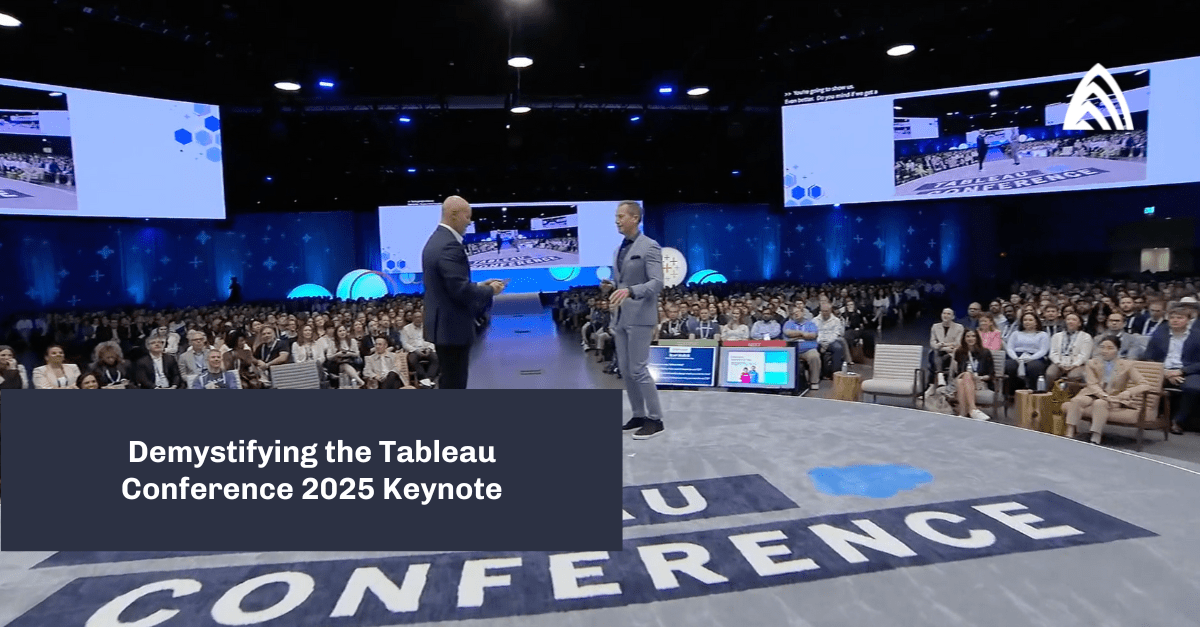While the consumption-based (or “usage-based”) pricing model isn’t necessarily new, it’s becoming increasingly popular in industries that haven’t typically used it in the past — like tech and manufacturing. But what does that mean for those sales and revenue operations teams that have to completely rethink the way they forecast?
In this article, we’ll look at why the more flexible consumption-based revenue model is growing in popularity. We’ll also dive into what makes consumption forecasting different from traditional methods like opportunity forecasting, and what you need to know about getting started.
What makes consumption-based pricing different?
As a consumer, you’re already part of a consumption-based model whether you realize it or not — like every time you pay your electric bill. Utilities charge you based on how much you use, which is why your bill is probably higher in the summer when the AC is constantly running, and lower in the spring when you can have the windows open more often.
Over the past few years, consumer demands have shifted, and people are more interested in paying based on usage in other areas of their lives too. We want more control over what we pay for and don’t want to be billed for what we’re not using. (Just imagine if gym memberships worked that way!)
The growth of the software-as-a-service (SaaS) industry has played a big role in the rise of consumption-based pricing, as has the development of smart and connected devices. Many traditional tech companies have also become services companies, while manufacturers and retailers are suddenly running tech businesses — all of which is redefining the way organizations go to market.
Transitioning to consumption forecasting
Moving from a traditional opportunity or account-based revenue model to a consumption-based one completely changes the way a business must approach sales forecasting.
Revenue leaders have to think through not only how they’ll recognize revenue but also how that decision ultimately affects things like sales compensation and incentives. It’s crucial for the sales team to be on board with the changes, as they’re the ones securing new business and making sure existing customers are set up for the right level of usage and pricing.
Transitioning to consumption-based forecasting requires a clearly defined process, the right technology and data strategy, and an orchestrated effort to break down organizational silos. Change enablement is crucial, because in order to be successful, there must be a cultural shift for everyone on the revenue team across sales, marketing, finance, and customer success.
While it’s a big transformation, organizations that are able to successfully shift to a consumption-based approach and surface the right data insights can see some major benefits, like the ability to be more proactive with customers and more readily identify attrition risks and upsell opportunities.
Common challenges and things to consider
Recognizing revenue based on usage doesn’t come without a certain amount of risk, which must be considered in consumption forecasts. It becomes more important than ever to keep your products and services relevant and valuable to customers to stay competitive, drive adoption, and increase usage.
A big roadblock we often see when an organization is considering making the leap to a consumption-based approach is siloed data and technology. There are often multiple tools in use to track revenue and consumption data (e.g., revenue intelligence platforms, data warehouses, spreadsheets, etc.) and data stored across multiple systems and locations, making accurate forecasting a challenge.
Market fluctuations and other external factors can also impact customer behavior, further complicating consumption forecasting. Building a more flexible forecasting model powered by predictive analytics tools and AI capabilities can help you better adjust for these factors and improve forecasting accuracy. Having an experienced data partner can help.
How Confluent transformed revenue operations with Salesforce consumption forecasting
As industries shift to a consumption model, many organizations are scrambling to adapt and adopt new processes and technologies. Our customer, Confluent, is one of the companies leading the way in the tech industry.
“The industry is transitioning to consumption-based business models, which are relatively new and not widely adopted,” explained Sudhakar Jukanti, Confluent’s Senior Director of GTM Systems.
Previously, Confluent relied on spreadsheets to manage their forecasts, with data scattered across various locations. They needed to centralize their consumption data in Salesforce and present usage insights in a way that sales reps, CSMs, and managers could act on.
They partnered with Atrium to consolidate all consumption insights into a single Salesforce application, giving Confluent’s sales team and managers visibility into each account’s data and helping them monitor forecasting trends. They developed dashboards for AEs to view consumption details across their entire book of business and introduced a performance table to help leadership identify top performers and under-performers, facilitating more effective coaching and conversations.
“This project is a core component of our business process change,” added Sudhakar. “With this app, we’ve brought visibility into incremental consumption to our reps. We have much more transparency now in Salesforce than we ever had before.”
Read the full story to learn more about Confluent’s transformation.
Atrium is one of the few partners with expertise in Salesforce consumption forecasting
Before you embark on this massive transformation in your business, it’s important to find a data science and technology partner who not only knows how to identify the right criteria to build accurate consumption forecasting models but who also understands revenue operations and how to make data actionable for your sales team.
Atrium is one of the only Salesforce partners with experience in consumption forecasting. We build forecasting models using systems of intelligence that account for all the complexities of your business, while seamlessly integrating them into your Salesforce org, with custom visualizations, dashboards, and 360 customer views.
“Atrium was highly recommended by Salesforce for their consumption work. We didn’t really look at any other partners because there are very few who have done this kind of work.” – Sudhakar Jukanti, Confluent’s Senior Director of GTM Systems.
With expertise in Salesforce Revenue Intelligence, Data Cloud, CRMA, and Tableau, our team knows how to apply predictive analytics, AI, and machine learning to help you maximize the value of your data and bring predictability and growth opportunities to your business.








